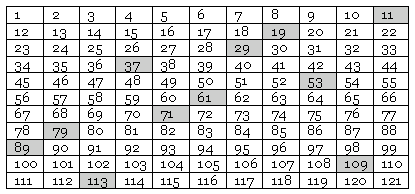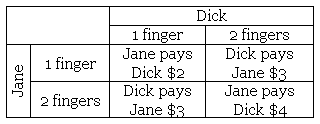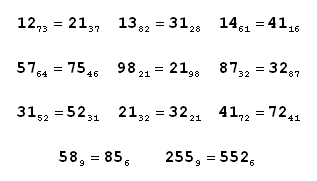
In 1976, Queen Elizabeth College chemist Leslie Hough asked graduate researcher Shashikant Phadnis to test a certain chlorinated sugar compound. Phadnis, whose English was imperfect, “thought I needed to taste it! … So I took a small quantity of the sample on a spatula and tasted it with the tip of my tongue.”
To his surprise, Phadnis found the compound intensely and pleasantly sweet. When he reported his discovery to Hough, “‘Are you crazy or what?’ he asked me. ‘How could you taste compounds without knowing anything about their toxicity?'” After some further cautious tasting, Hough dubbed the compound Serendipitose. It became the artificial sweetener Splenda.
“Later on, Les even had a cup of coffee sweetened with a few particles of Serendipitose. When I reminded him that it could be toxic (as it contained a high proportion of chlorine), he simply said, ‘Oh, forget it, we’ll survive!'”










